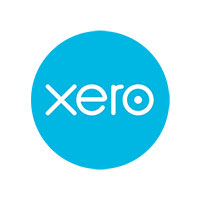
Individuals are able to make tax-relieved contributions to registered pension schemes to the higher of 100% of earnings and the standard amount (£3,600), as long as they have sufficient annual allowance available. For 2016/17 the annual allowance is set at £40,000; however, this is reduced for high income individuals whose income exceeds certain thresholds.
Any unused part of the annual allowance can be carried forward for three years. Employer contributions to registered pension schemes also eat into the allowance.
When does the reduction bite?
There are two triggers for a reduction in the annual allowance, both of which must apply for the allowance to be reduced.
First the individual’s ‘adjusted income’ for the year is more than £150,000. Adjusted income is all income including pension contributions (both individual and employer contributions),
Second the individual’s `threshold income’ for the year is more than £110,000. Threshold income excludes pension contributions. It is £150,000 less the standard annual allowance for the year, so for 2016/17 the threshold income limit is £110,000 (£150,000 less the standard annual allowance of £40,000).
Reducing the allowance
Where the individual has both adjusted income of more than £150,000 and threshold income of more than £110,000 for 2016/17, the annual allowance of £40,000 is reduced by £1 for every £2 by which adjusted income exceeds £150,000.
The maximum reduction is £30,000, meaning that the minimum allowance for 2016/17 is £10,000. This will apply to anyone with adjusted income of more than £210,000 (and threshold income of more than £110,000).
Example
Malcom has adjusted income of £180,000 in 2016/17 and threshold income of £140,000. The total of his individual and employer pension contributions for the year is £40,000.
As his adjusted income is more than £150,000 and his threshold income is more than £110,000, his annual allowance is reduced.
His allowance is reduced by £15,000 (50% x (£180,000 – £150,000)), leaving him an allowance of £25,000 (£40,000 – £15,000).
As his pension contributions of £40,000 are more than his annual allowance of £25,000, he will suffer an annual allowance charge on the excess contributions, unless he has sufficient unused annual allowance brought forward from earlier years.
High earners should check their likely annual allowance, and any brought forward unused allowance, before making pension contributions in 2016/17 in excess of £10,000.
If you require further information please contact Mark Wildi on 01689 877081.




